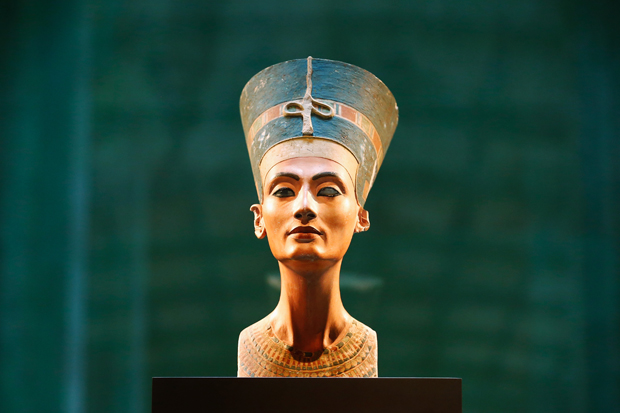If ever you find yourself in Berlin, there are three places you absolutely must visit. The first two are museums: the Neues Museum, to see the well-worth-the-detour head of Nefertiti; and the Pergamon Museum, so you can offer up a prayer of gratitude for the arrogance of all those 19th-century imperialist looters who understood that the treasures of classical antiquity are far too precious to be wasted on the barbarous cultures which, by geographical accident, have inherited them since.
Already a subscriber? Log in
Subscribe for just $2 a week
Try a month of The Spectator Australia absolutely free and without commitment. Not only that but – if you choose to continue – you’ll pay just $2 a week for your first year.
- Unlimited access to spectator.com.au and app
- The weekly edition on the Spectator Australia app
- Spectator podcasts and newsletters
- Full access to spectator.co.uk
Unlock this article
You might disagree with half of it, but you’ll enjoy reading all of it. Try your first month for free, then just $2 a week for the remainder of your first year.















Comments
Don't miss out
Join the conversation with other Spectator Australia readers. Subscribe to leave a comment.
SUBSCRIBEAlready a subscriber? Log in